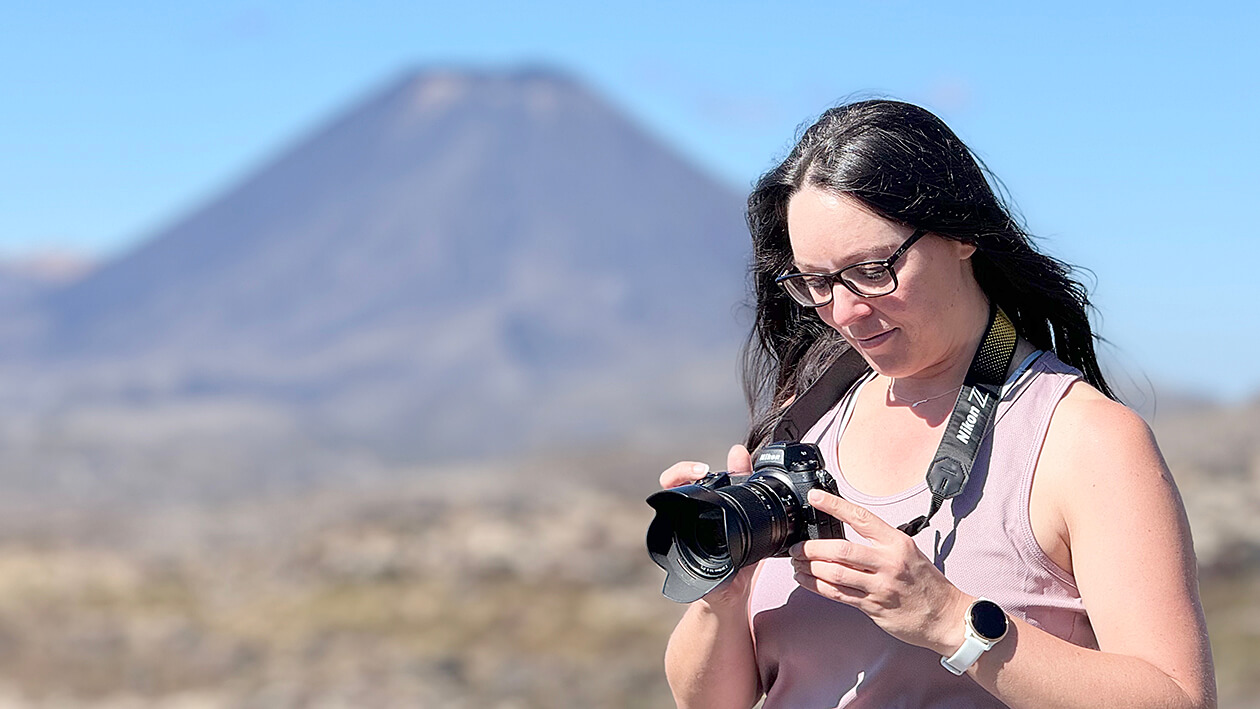Sitting inside trying (failing) to keep warm, I find myself daydreaming about Kiwi summers. Something that is part of our culture is heading to the beach, and having spent years overseas I can truly appreciate how lucky we are. Around Waipā we have the wild black sand beaches to the west, then to the east remnants of older volcanic eruptions along our gorgeous white to golden beaches. Signs of volcanism are everywhere if you know what to look for.

Janine Krippner
Our black sand beaches are thanks to rocks weathering or breaking down over long periods of time, leaving tougher minerals like iron-rich titanomagnetite (magnetite plus titanium) behind. These originate from volcanic deposits largely from the Taranaki region and the Taupō Volcanic Zone regions. A slight detour on the way to Raglan is Bridal Veil Falls, where the water cascades over a lava flow about two million years old, from a volcano about 1.5 km away. Along the coast just south of Raglan is Te Toto Gorge, a beautiful cross-section through the extinct Karioi volcano that exposes stacked lava flows and explosive deposits thanks to a past flank collapse.
Across the Coromandel Peninsula and to the south are remnants of many different eruption styles, including a series of calderas. These usually form when so much magma erupts during large, explosive eruptions that the ground slides downwards.
The volcanic rocks along the Coromandel are quite old, with activity along there preceding the Taupō eruptions. We are talking on the scale of millions of years here, starting roughly 18 million until about two million years ago activity began in the Taupō zone. A lot of the smaller eruptions may have been eroded away into the ocean so there will be much, much more that we will never know about.
An internationally known spot is Cathedral Cove, with the beautiful white cliffs, the tunnel through the rock, and the geological monument near the shore. This stunning spot is thanks to explosive eruptions that formed ignimbrites – pumice-rich deposits from large pyroclastic flows. Thanks to very old volcanism, we have excellent selfie-worthy spots that are perfect for tourism as well as the big screen.
Not too far away we have gold and silver mines that also exist because of volcanic activity. Around seven or so million years ago, the Waihi area may have looked more like what Rotorua does today. Magma below the surface heats fluids that circulate within the crust, taking precious elements and minerals with them that eventually form our valuable deposits.
While it is more obvious how New Zealand benefits from our younger volcanoes that host national parks, ski fields, and hiking trails, we are also still reaping the benefits of our ancient volcanism that has since been buried or eroded away through time. Without knowing it, a part of our good old Kiwi summers are very much intertwined with our volcanic history.

Janine Krippner checks her camera settings while on volcano watch. Photo: Drew Mehrtens.









